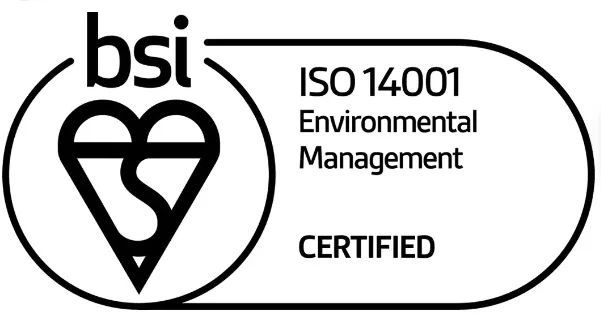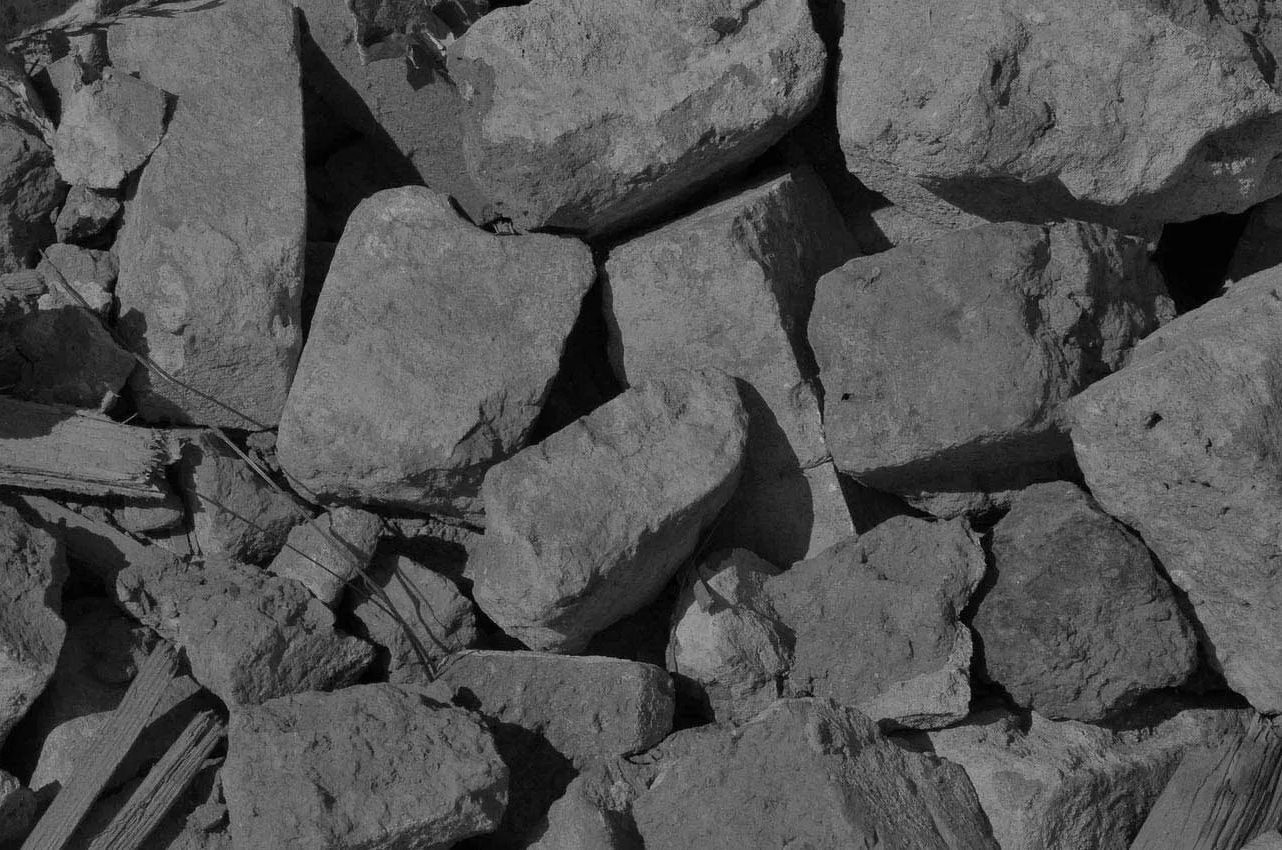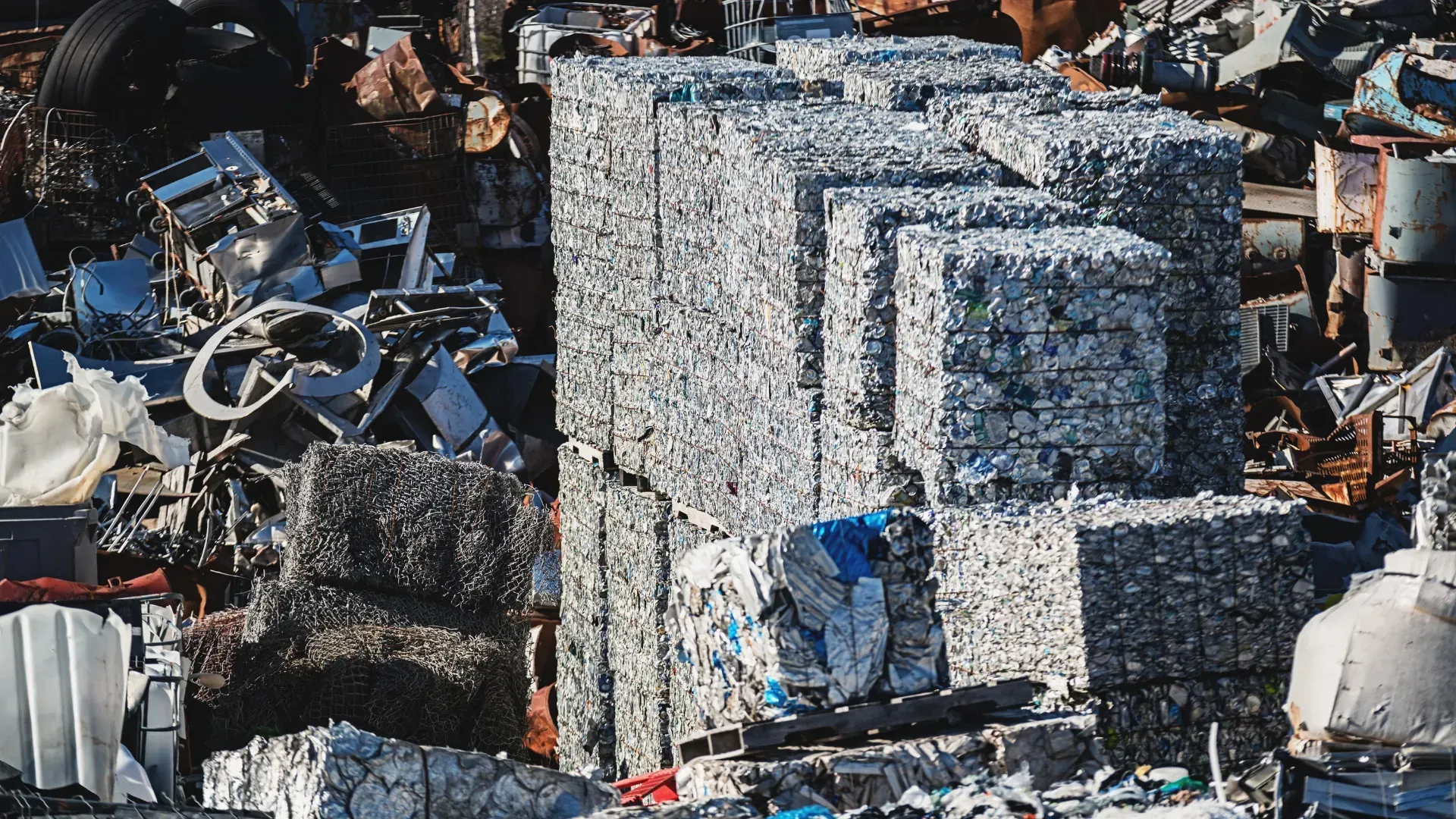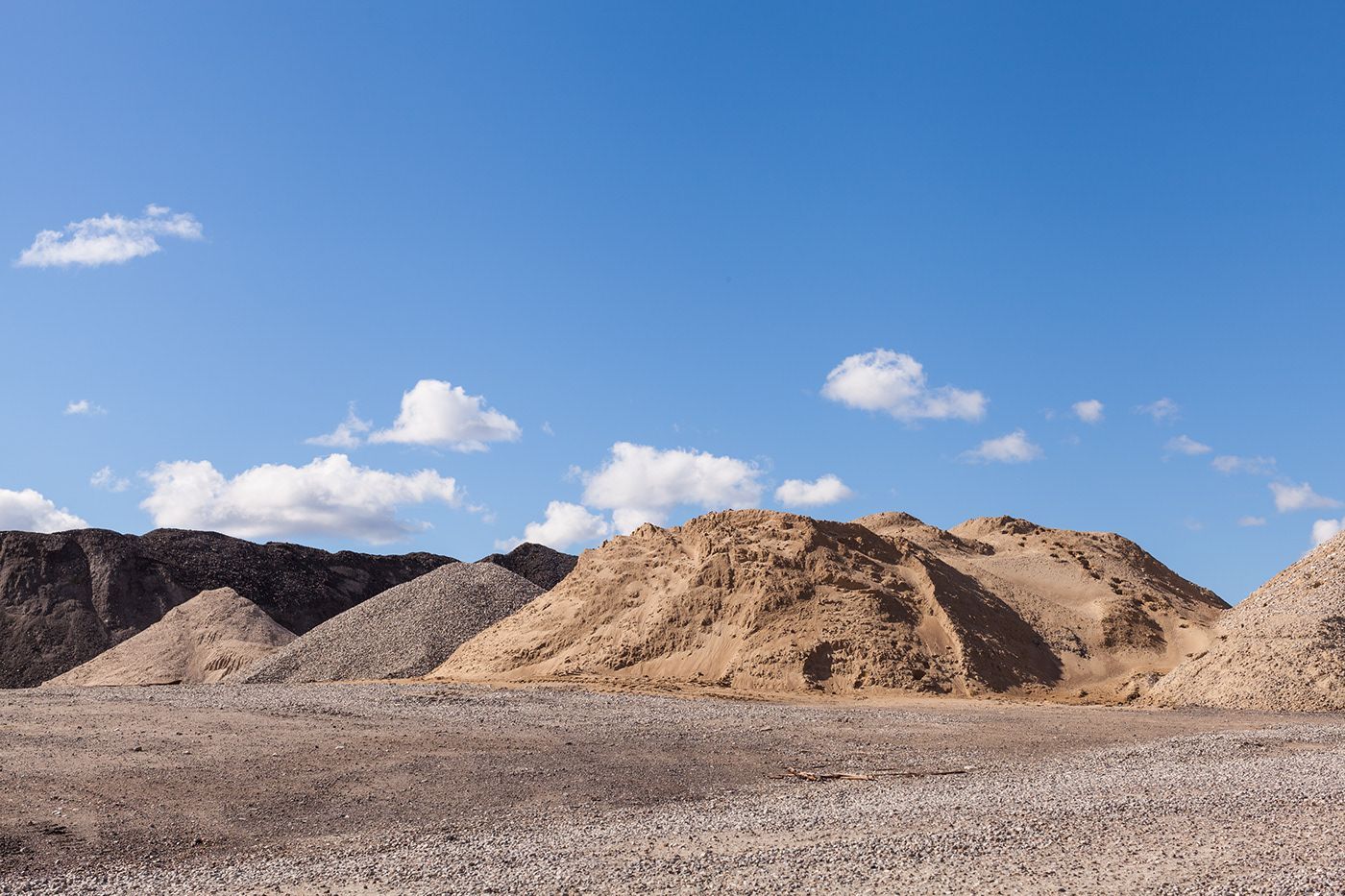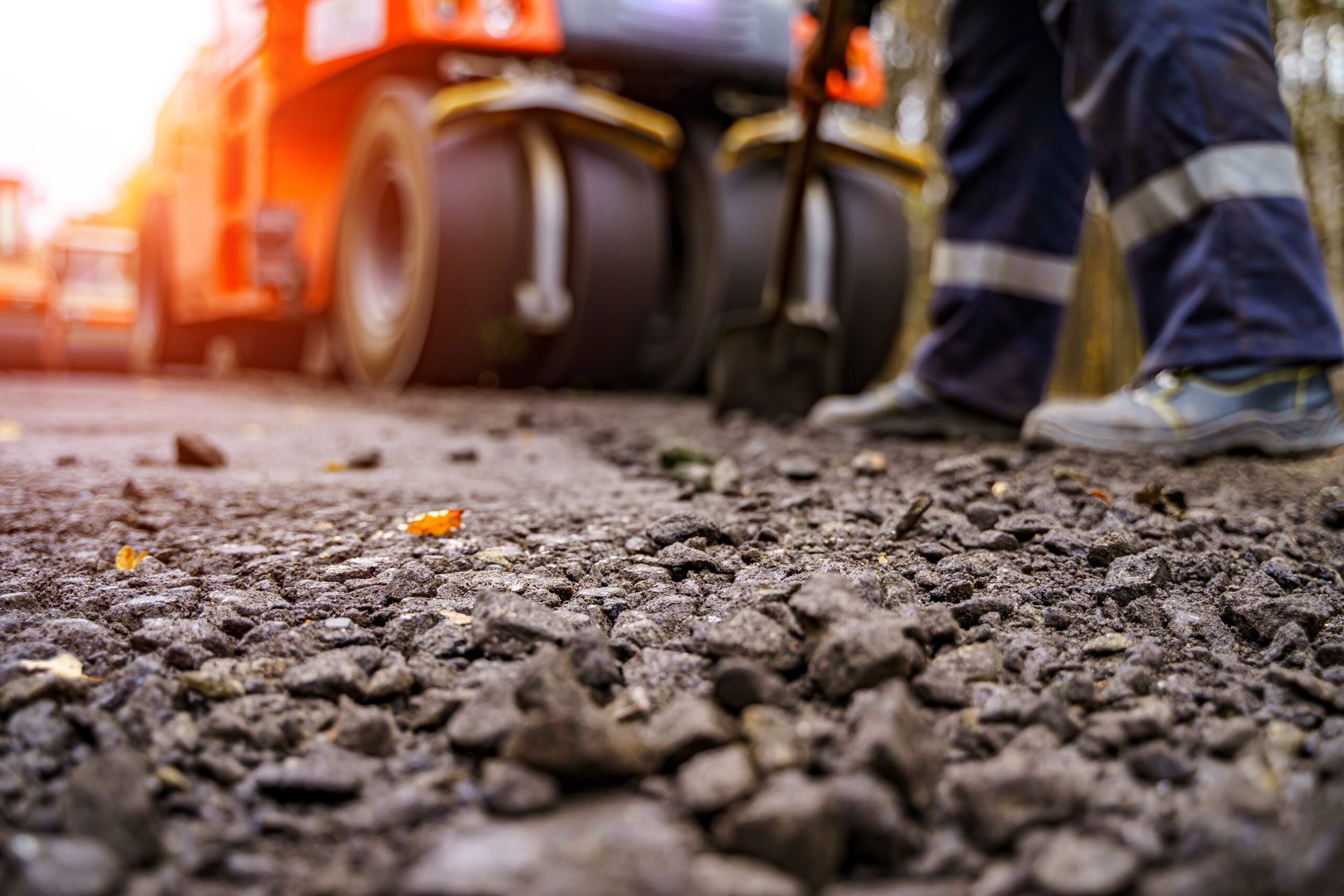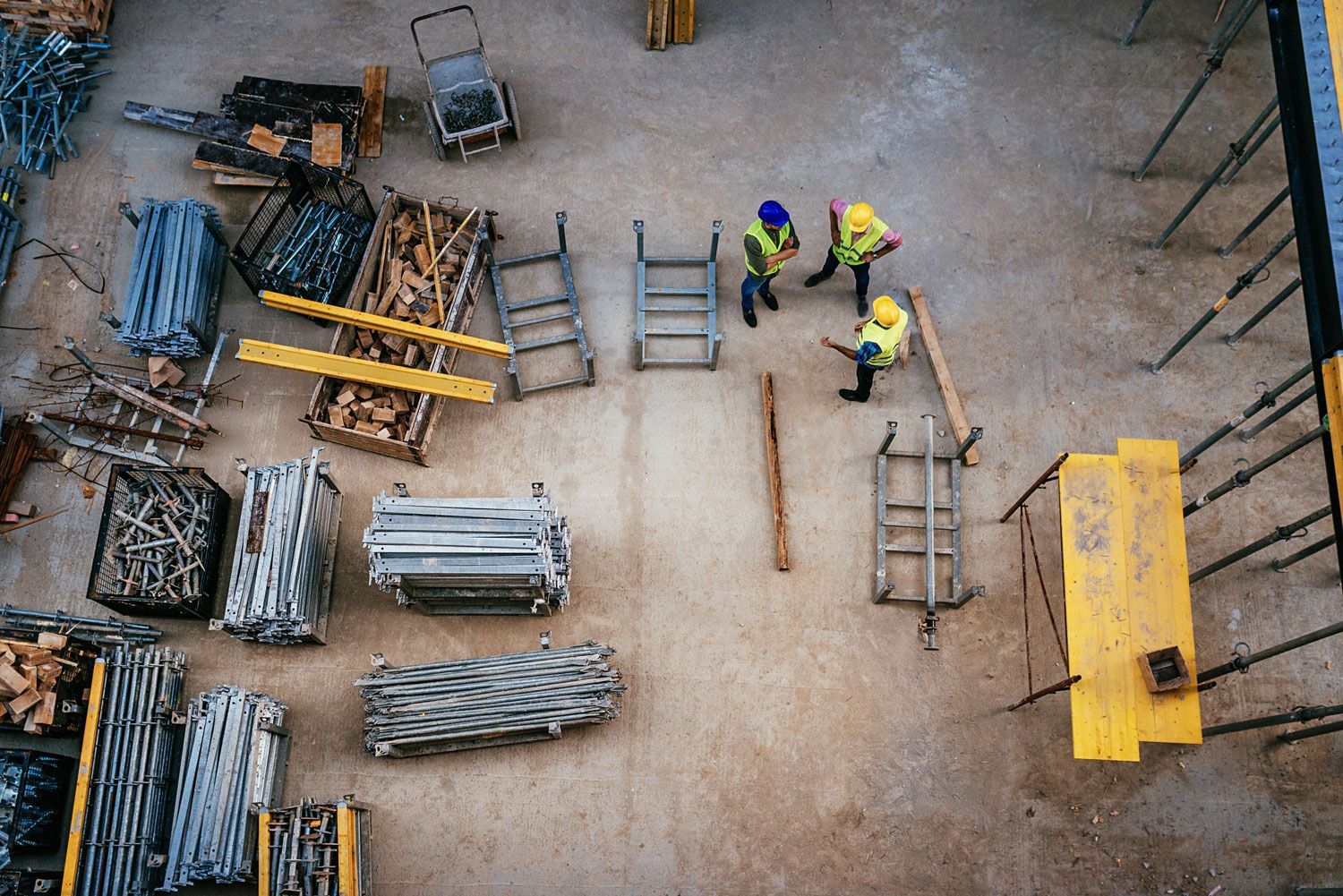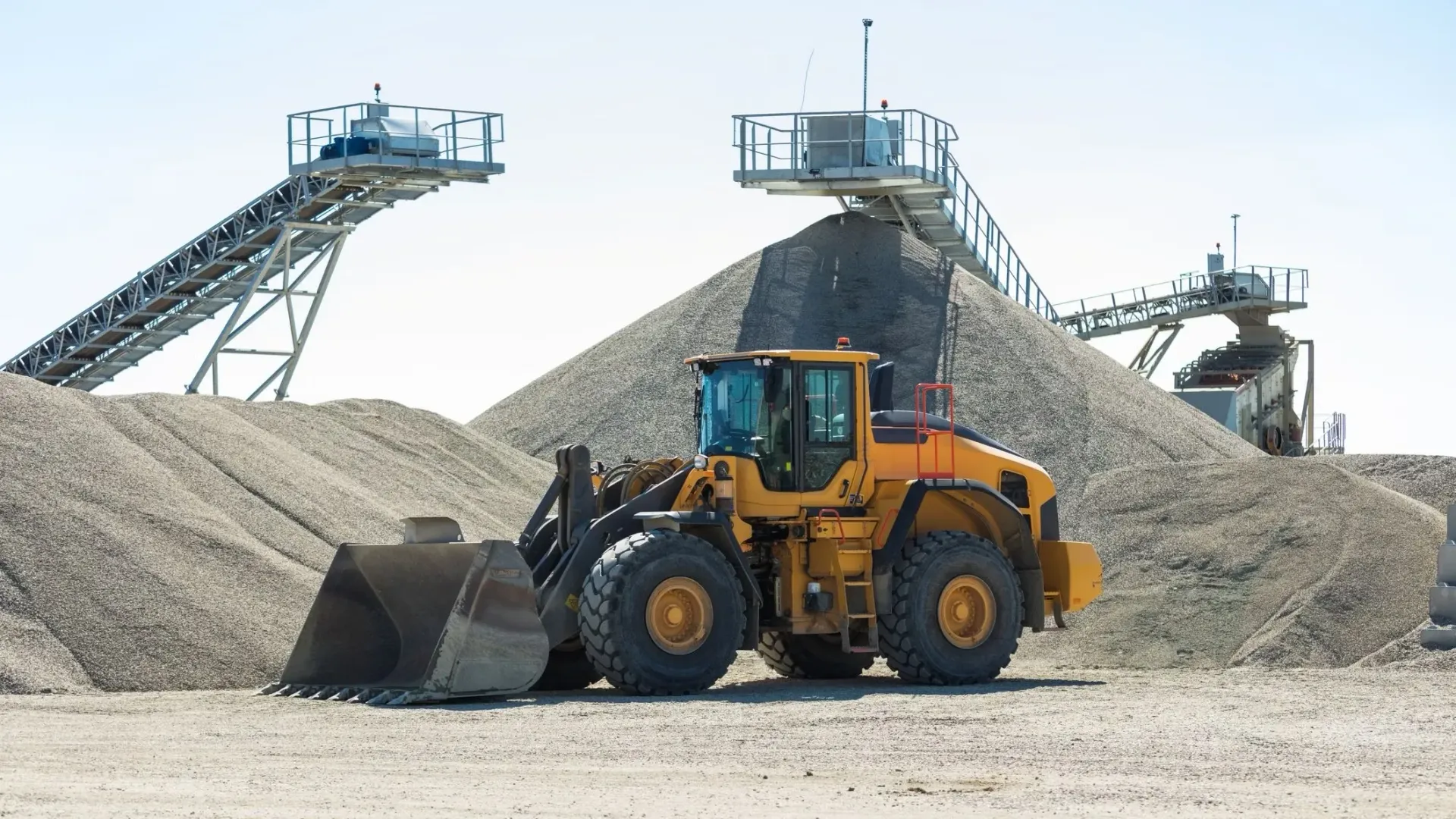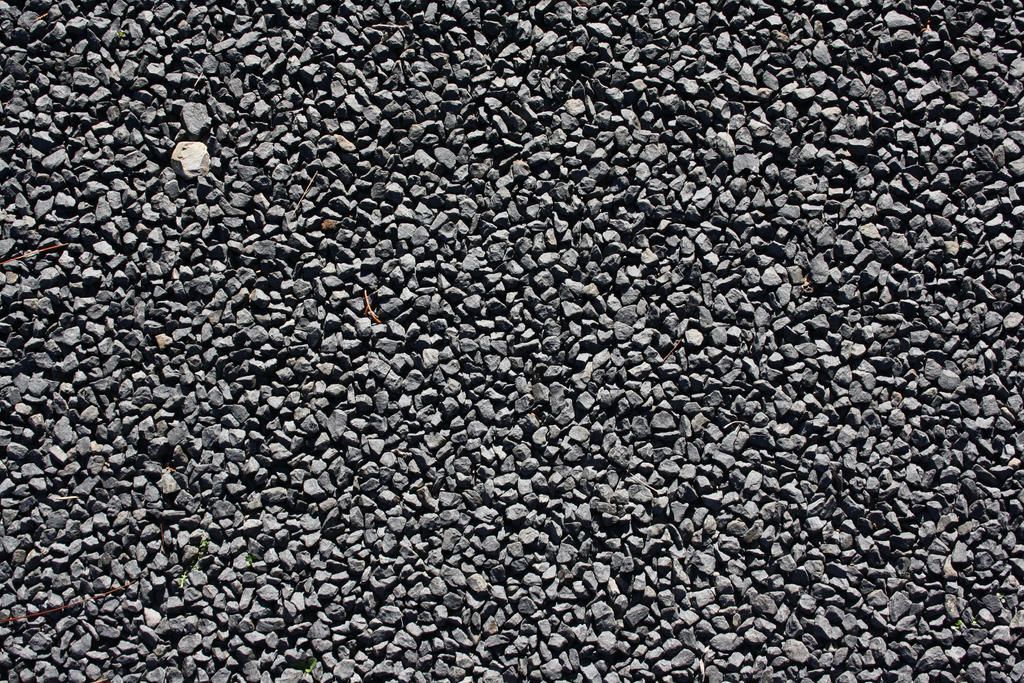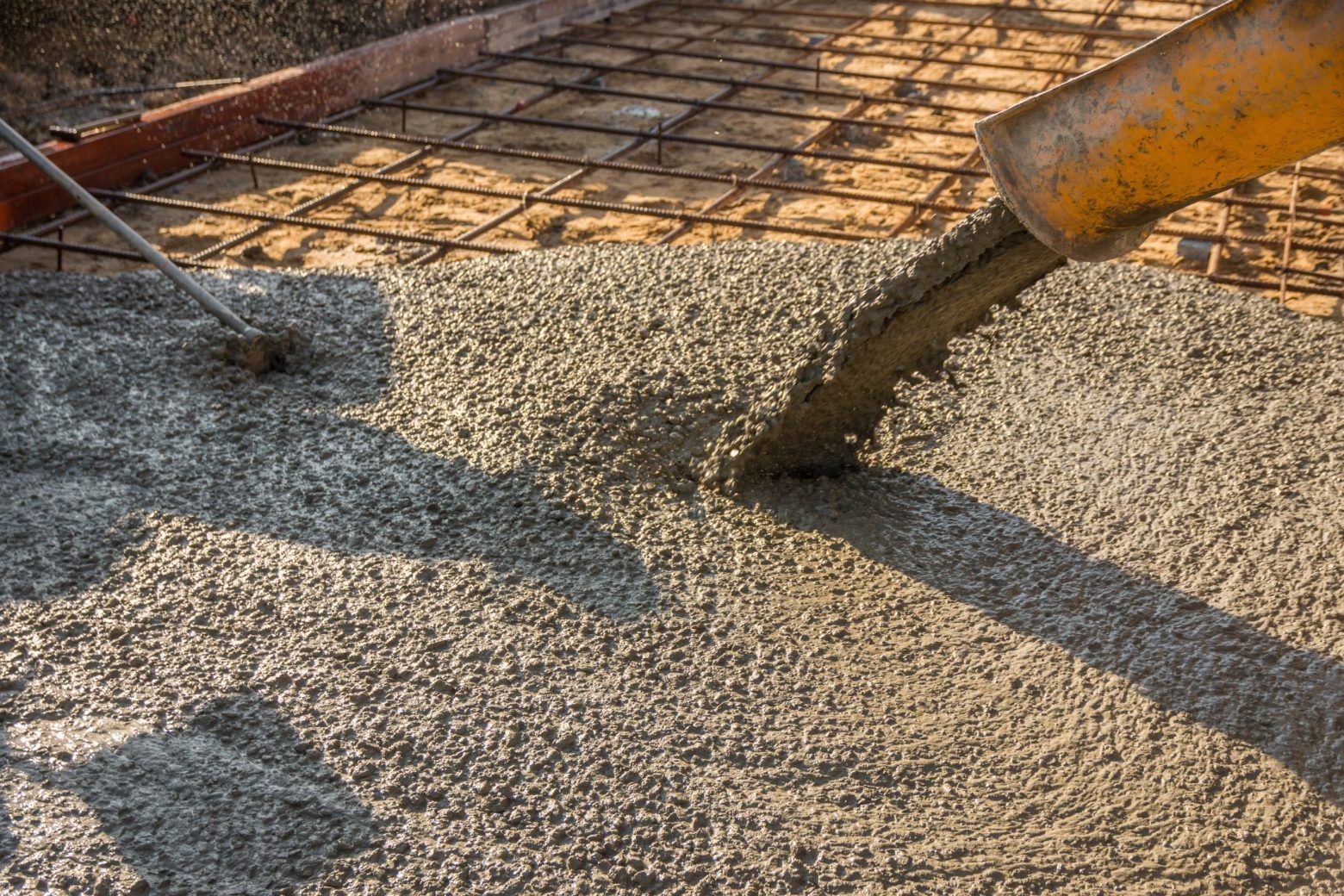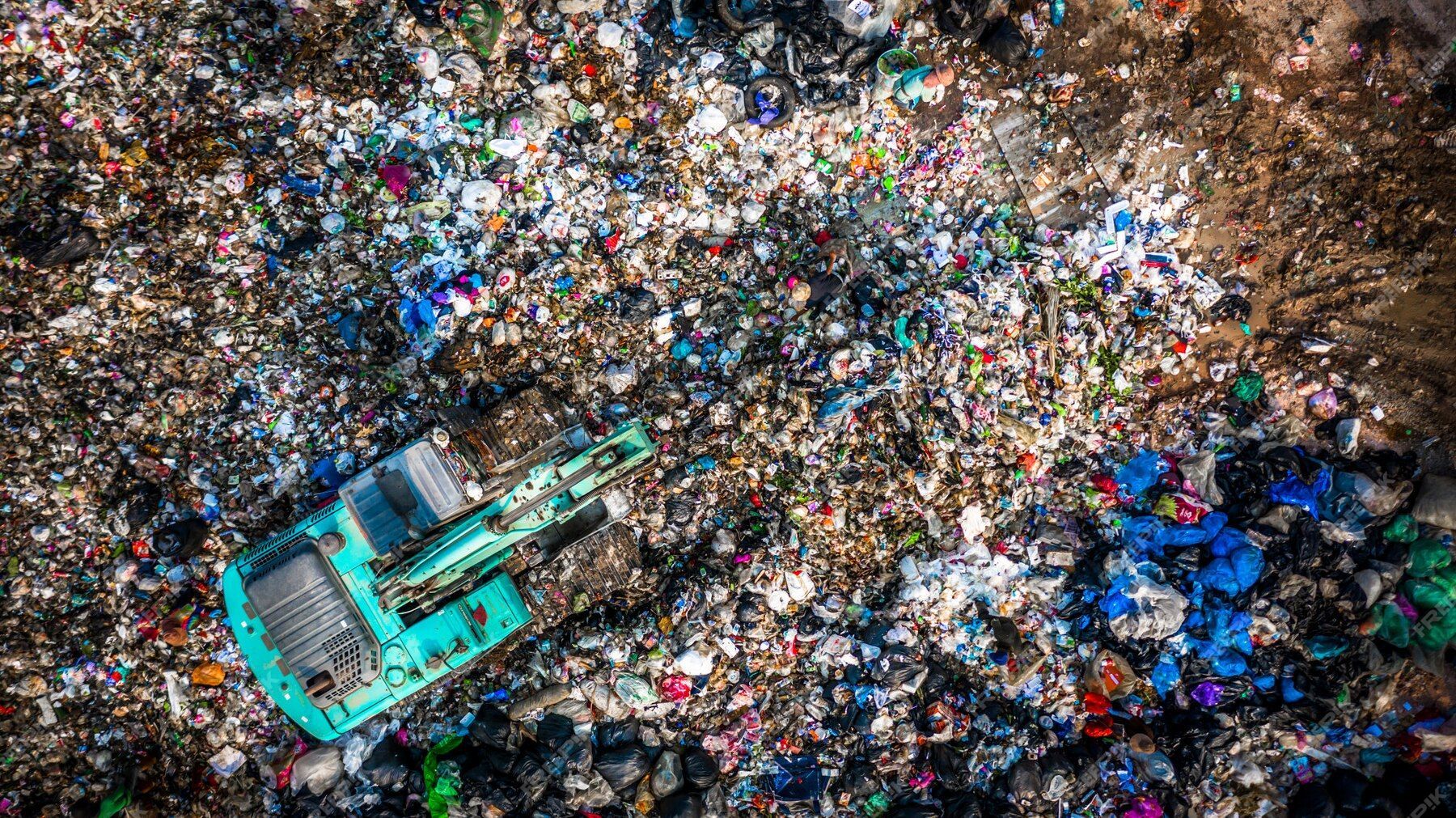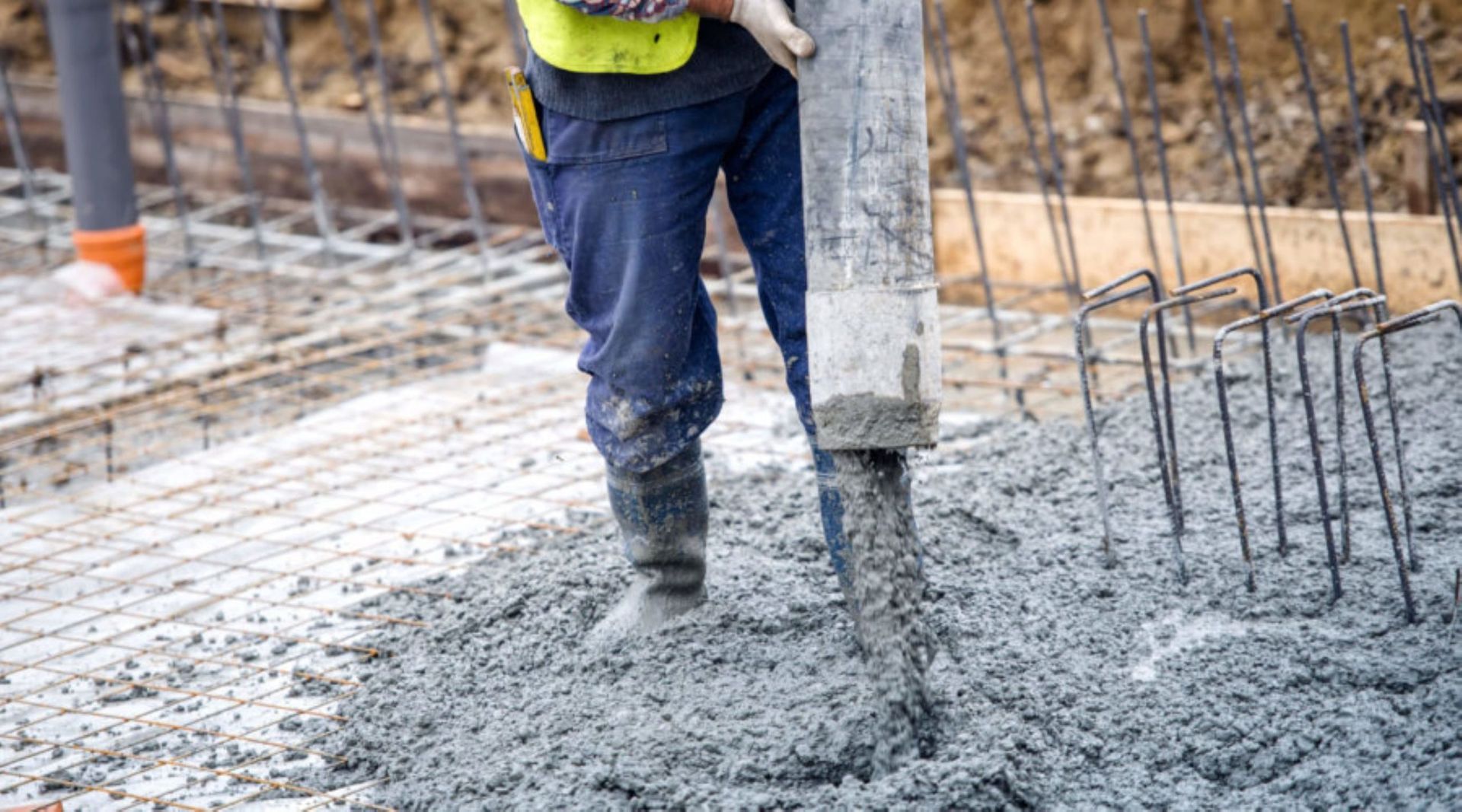The Many Uses of Sand Stone and Gravel
Sand, stone and gravel - we find them everywhere, on beaches on building sites in rivers and streams but what you may not have considered is just how many uses these things have! Have you ever stopped and thought about the role sand, stone and gravel play in your life? Probably not.
In this blog, we take you on a journey and discover just how versatile these incredible elements are.
Sand
As we mentioned, sand and gravel deposits can be found on beaches or in rivers and streams. These are mostly quartz (silicon dioxide, SiO2) grains. Weathering of rocks such as granite forms these quartz grains. In the process of weathering, the softer, weaker minerals in granite (such as feldspar) are weathered down. The higher the resistance of the quartz eventually is ground down in size, but does not break down chemically. Over time, these quartz grains accumulate in rivers, streams, deltas and on beaches too.
Uses For Mining
Industrial sand mining methods are reliant on this deposit type. These deposits are often mined using front-end loaders, scrapers, or bulldozers. Material is dug up, excavated, and pushed to a central point. The ore-grade material is then loaded onto a truck using standard earth-moving equipment, where it then reports to a stockpile or a processing plant.
A hydraulic dredge uses a suction pipe to excavate sand, this is then pumped through a pipeline to surge piles or directly through to a processing plant. The channel or tailings deposit is excavated and placed in a stockpile. The material will be then loaded into a haul truck for transportation over to a processing plant.
Further Uses
Sand and gravel are used for road construction, for mixing with asphalt, as construction fill, and in the production of construction materials such as concrete blocks, bricks, and pipes. It is also used for creating roofing shingles, used on icy roads during the winter months, for railroad ballast, and water filtration. Industrial sand and gravel is used for creating glass, as foundry sand and as abrasive sand.
For various applications, it is the silica content (quartz) of sand that makes it so worthwhile. The silica itself is required to make products such as glass. As well as this, the physical properties of sand, particularly its abrasive property, make it useful for traction on icy roads and railroads as well as sandblasting.
Sand can also be found in quarries, sandpits, beaches, and riverbeds. There are a few types of sand, each with their specific uses, for example, river sand, masonry sand, construction sand, and granite sand.
These sands are often used for:
● Concrete
● Mortar
● Moulding
● Glass
● Sand lime brick
● Building and paving sands
● Drainage
● Filters
● Fertilizer fillers
● Highways and road traction
● Golf courses
● Beaches
● Volleyball courts
● Sandbags
● Arena flooring
● Land reclamation
● Fracking
● Sandboxes in playgrounds
Uses of stone
When you think of stone, the chances are that the first thing that comes to mind is its use in famous buildings, however very few people probably even realise that stone in some form enters our lives probably a hundred times even before we leave the house every single day.
The main groups of uses can be identified:
Building and decorative stone structures
Limestone is used for its resistance to weather or its beautiful appeal, stone walls and decorative purposes on buildings, walls and paving slabs.
Aggregates
The stone used for its robust physical properties, for example, crushed and sorted into various sizes for its uses in concrete, coated with bitumen to make asphalt or used 'dry' as bulk fills in construction. It is mostly used in roads, concrete and building products.
Industrial purposes
Limestone is often used for its chemical (mainly alkaline) properties as calcium carbonate (CaCO3) in the farming and manufacturing industry. Lime burning (calcining) – limestone when heated to a higher temperature breaks down into lime (calcium oxide) and carbon dioxide gas. It can then be used as a more powerful alkali than limestone, or used as a cement and combined with sand, to make mortar, or as a soil improver in agriculture.
Cement
If limestone (or its other variation of chalk) is mixed with clay or sandstone before firing, it can produce a type of cement which when mixed with aggregates makes concrete. Stone from quarries has been employed in all of these ways. Apart from road usage, substantial amounts are mixed (coarse gravel sized stone with smaller stone particles or sand) with cement and water to create concrete. This may be carried out at the quarry or materials supplied to truck-mixers (this is then mixed en route) or to remote plants.
A crucial local 'downstream' industry is that of concrete products (blocks, pipes, kerbs, pavers and so forth. Not only do these products give added value to the raw aggregate, they frequently make use of 'fines' which are a by-product of general aggregate processing, and without this market would frequently have to be dumped.
Gravel uses
Gravel is a huge business, meeting the many demands for expanding cities and increasing building work. From residential, commercial, and municipal construction to paving roads and residential driveways, gravel does play a major role in our lives.
Sand and gravel aggregates have many uses, including their use in mixing cement materials such as concrete, mortar, and plaster. Many construction projects wouldn’t be completed without the use of these aggregates. And our homes and cities wouldn’t function or work what they are today without these crucial resources.
These aggregates are also crucial in the natural world. They form the foundation for bodies of water, such as lakes and riverbeds. And countless species of wildlife depend on these aggregates for their specific habitats. And while lots of us take these seemingly mundane resources for granted, they are some of the major building blocks of our modern life. With so many uses, they deserve some acknowledgement and credit for their versatility and importance to our everyday lives.
The most popular use of gravel on its own is to create gravel roads and driveways. Even to this very day, gravel roads are more widely made than paved roads, particularly in rural towns. Gravel is also a handy and decorative landscaping material. It offers excellent drainage in garden beds and is a convenient alternative to mulch as well as patio pavers.
W M Thompson & Sons - For The Best Quarry Products And Services
Here at W M Thompson & Sons, our natural quarry products are suitable for an enormous range of projects – from small-scale infrastructure jobs to the construction of flood defences, road surfacing and driveway laying. We can even provide graded sand for use in sports and equestrian applications. At William Thompson & Son, we are committed to investing in technology, providing us with the ability to extract and produce the finest natural materials in the most environmentally friendly manner. To find out more about the services and products we offer, please feel free to get in touch with us today or browse our website for further information - we would be happy to help and delighted to hear from you.

